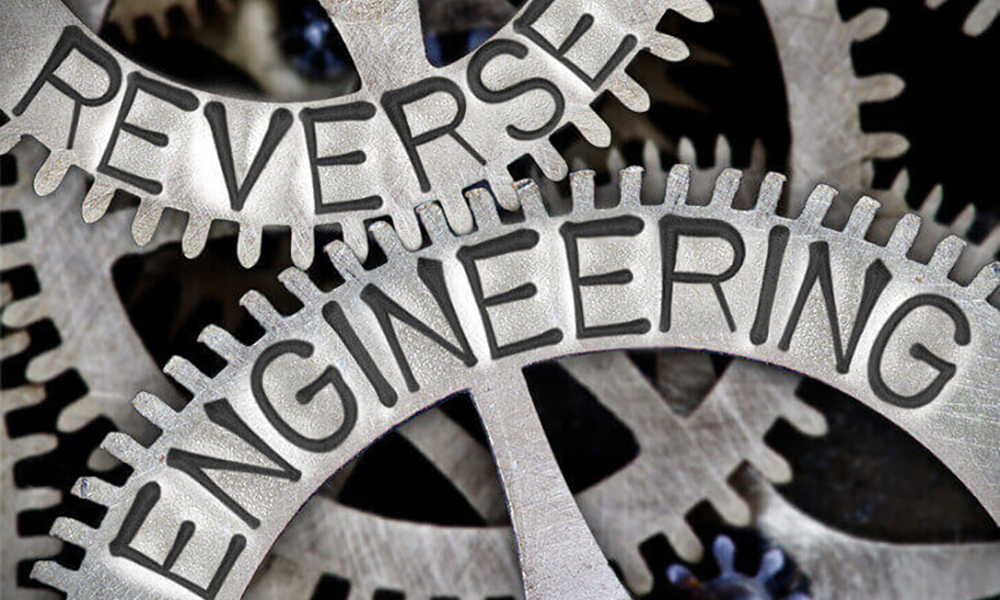In the world of electronics, where modern devices are driven by advanced microprocessors and complex integrated circuits, there’s a certain charm in delving into the past. Vintage comparator chips, once the backbone of countless analog circuits, are now relics of a bygone era. However, reverse-engineering these chips offers a unique opportunity to explore the fundamentals of electronics and gain insights into the design principles that shaped early technology.
Why Reverse-Engineer a Vintage Comparator Chip?
While today’s digital technologies offer unparalleled efficiency and complexity, analog circuits hold a special place in the history of electronics. Vintage comparator chips, designed to compare two voltage levels and output a corresponding signal, were critical components in a variety of applications—from simple threshold detectors to more complex analog computing systems.
Reverse-engineering these chips serves several purposes:
- Preservation of Knowledge: As older technologies fade away, the expertise required to maintain and understand them diminishes. By reverse-engineering vintage chips, we can document and preserve this knowledge for future generations.
- Educational Value: Analog circuits provide a clear and tangible way to understand fundamental electronic principles. Reverse-engineering a comparator chip is a hands-on approach to learning about transistors, resistors, and capacitors, and how they interact within a circuit.
- Hobbyist Exploration: For electronics enthusiasts, reverse-engineering offers a blend of detective work and creativity. It’s a chance to piece together the puzzle of how a chip functions and perhaps even replicate or modify it for modern applications.
- Practical Applications: In some cases, vintage chips are still in use, particularly in legacy systems. Understanding their operation can be essential for maintenance, repair, or even developing compatible components for these systems.
Step 1: Chip Identification
The journey begins with identifying the vintage comparator chip in question. Often, these chips will have markings that provide clues about their manufacturer and model number. If the chip is well-documented, you might find datasheets or technical manuals that can provide a starting point.
However, if the chip is rare or obscure, identifying it might involve some detective work. You could refer to old catalogs, consult with vintage electronics communities, or examine the circuit in which the chip was originally used to infer its purpose.
Step 2: Decapping and Inspection
Decapping is the process of removing the chip’s outer casing to reveal the internal die, where the actual circuitry resides. This step requires precision and care, as the die is delicate. Methods for decapping include using chemicals to dissolve the casing or mechanically grinding it away.
Once the die is exposed, it can be inspected under a microscope. This is where the real reverse-engineering begins. By carefully tracing the connections and components on the die, you can start to understand how the chip is structured and how it functions.
Step 3: Circuit Analysis
With the internal structure of the chip revealed, the next step is to analyze the circuit. Vintage comparator chips typically consist of a small number of transistors, resistors, and capacitors. Understanding the layout and function of these components is key to reverse-engineering the chip.
Here are some critical areas to focus on:
- Input Stage: This part of the circuit receives the voltages to be compared. It often includes a differential pair of transistors, which is central to the comparison process.
- Reference Voltage: Many comparator chips include an internal reference voltage against which the input is compared. Identifying this reference point is crucial for understanding the chip’s operation.
- Output Stage: The result of the comparison is output through this stage, typically involving an open-collector transistor configuration. This allows the chip to interface with other components in a circuit.
Step 4: Simulation and Prototyping
Once the circuit has been mapped out, it’s time to simulate its behavior using software like SPICE. Simulation allows you to test your understanding of the circuit and verify that your reverse-engineered schematic behaves as expected.
For a more hands-on approach, you can also prototype the circuit using discrete components. This step provides a tangible way to test the chip’s functionality and can offer deeper insights into its design.
Step 5: Documentation and Sharing
Documenting your reverse-engineering process is as important as the process itself. Creating detailed schematics, writing clear explanations of how the circuit works, and sharing your findings with the community not only preserves the knowledge you’ve uncovered but also helps others who might be interested in similar projects.
Whether you publish your work on a blog, contribute to an online database, or present your findings at a maker event, sharing your knowledge ensures that the skills and insights gained from reverse-engineering vintage technology are passed on to others.





